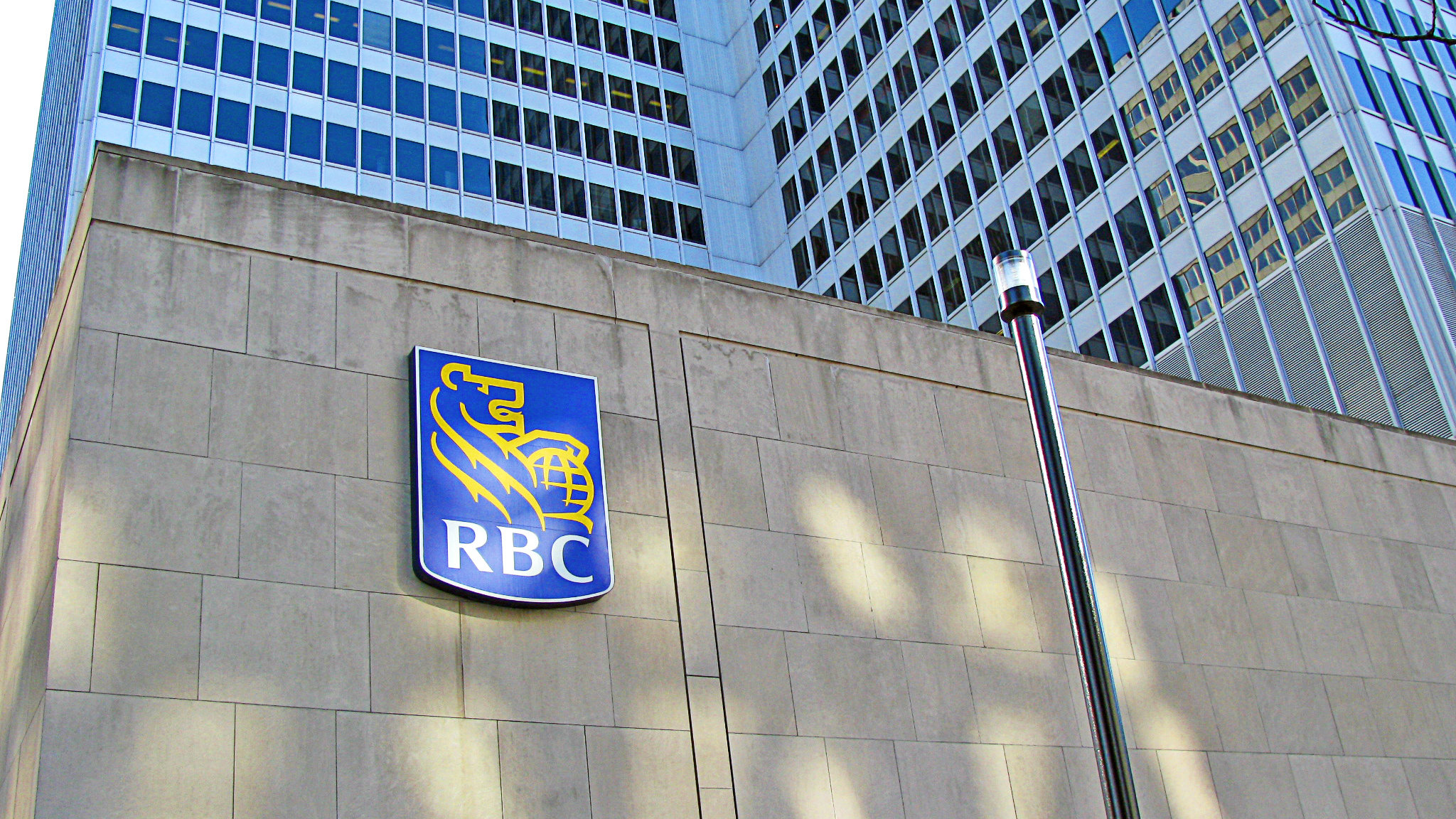Canadian investors are using the tax-free savings account to hold top-quality dividend stocks as part of their retirement-planning strategy.
Let’s take a look at Royal Bank of Canada (TSX:RY)(NYSE:RY) to see if it deserves to be on your buy list.
Earnings growth
Royal Bank is a financial giant with a market capitalization of $147 billion. When a company is that big, driving growth can be a challenge, but Royal Bank continues to post some impressive numbers.
The company reported fiscal Q2 2018 net income of $3.1 billion, representing a 9% increase on a year-over-year basis. Diluted earnings per share rose 11%. Return on equity (ROE) was a solid 18.1%, and the company continues to maintain a strong capital position, with a Common Equity Tier 1 (CET1) ratio of 10.9%.
Digital shift
Royal Bank is investing significant funds to ensure that it remains competitive in a rapidly changing digital environment. The process is ongoing, but the bank is seeing results from the efforts. At the end of the quarter, the company had a digital adoption rate of 49%. Mobile users hit 3.5 million, representing a 19% increase compared to the same period in 2017.
Mortgage risk
Rising interest rates are a hot topic for bank investors, as concerns mount around the impact on the housing market. If rates increase too quickly, some homeowners could be forced to sell their properties when the time comes to renew their mortgages. A wave of listings would push down prices and potentially trigger losses at the banks.
Royal Bank has a large Canadian residential mortgage portfolio, but 42% of the loans are insured and the loan-to-value ratio on the uninsured mortgages is 55%, so prices would have to fall significantly before the bank sees material losses.
On the other side of the equation, higher interest rates tend to boost the bank’s interest margin (NIM). Royal Bank’s Q2 2018 NIM was 2.74%, up from 2.62% in Q2 2017.
Dividends
The company raised its quarterly dividend by $0.03 to $0.94 per share earlier this year. Based on the recent trend, investors should see another increase before the end of 2018. At the time of writing, the stock provides a yield of 3.8%.
Should you buy?
Royal Bank has strong operations across a number of segments in the industry, and is expanding its private and commercial banking presence in the United States.
The stock has pulled back from the January high of $108 to $100 per share, bringing the trailing price-to-earnings multiple down to 13. Ideally, it would be great to buy Royal Bank for less than 12 times earnings, but waiting for the share price to drop further could result in missed dividends and potential upside gains.
If you are searching for a buy-and-hold pick for a TFSA retirement fund, I think Royal Bank looks attractive today.









